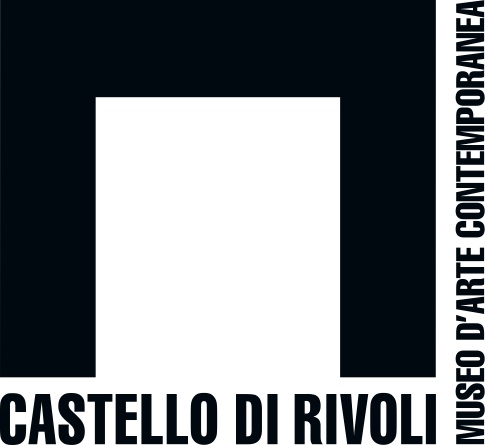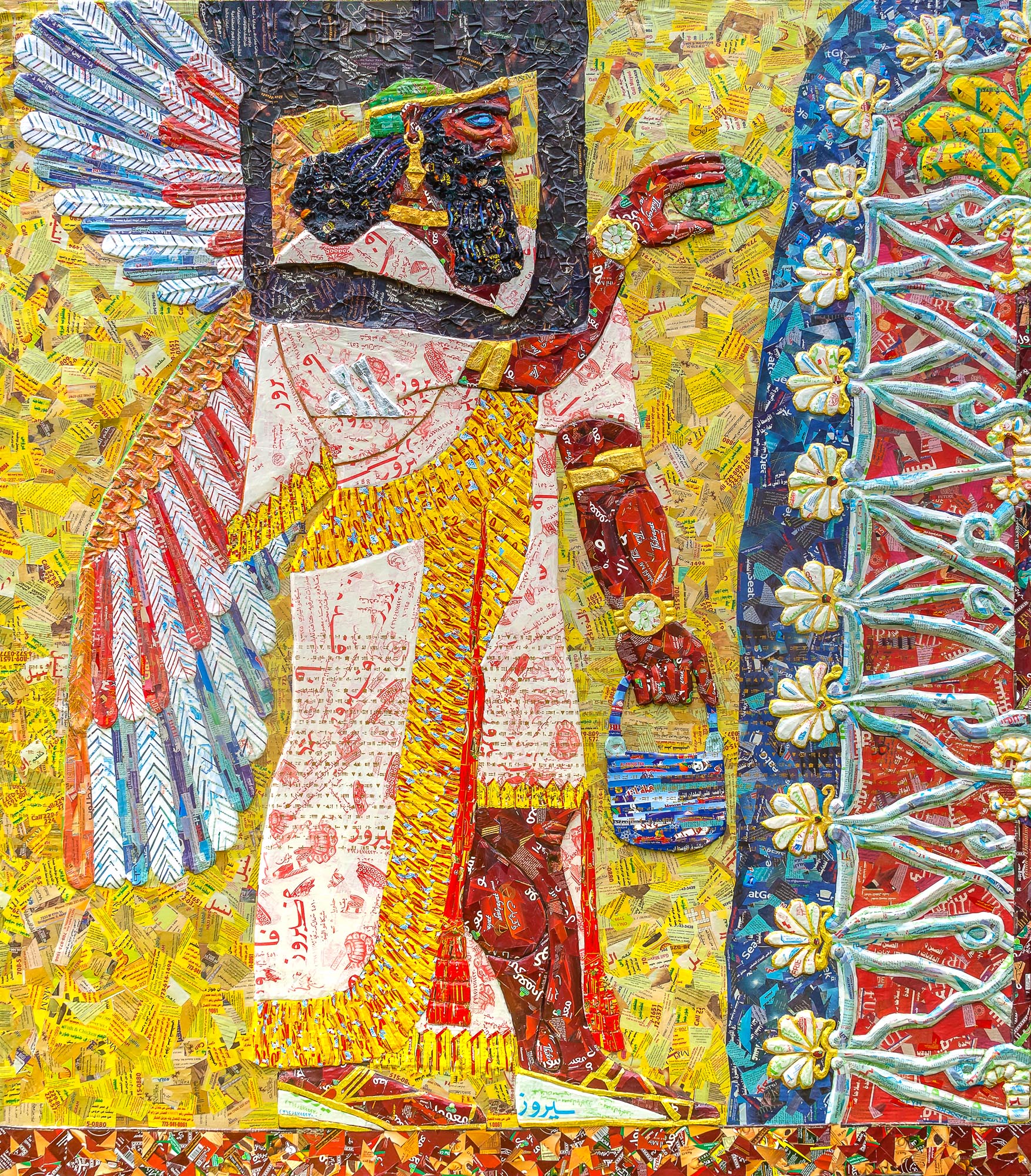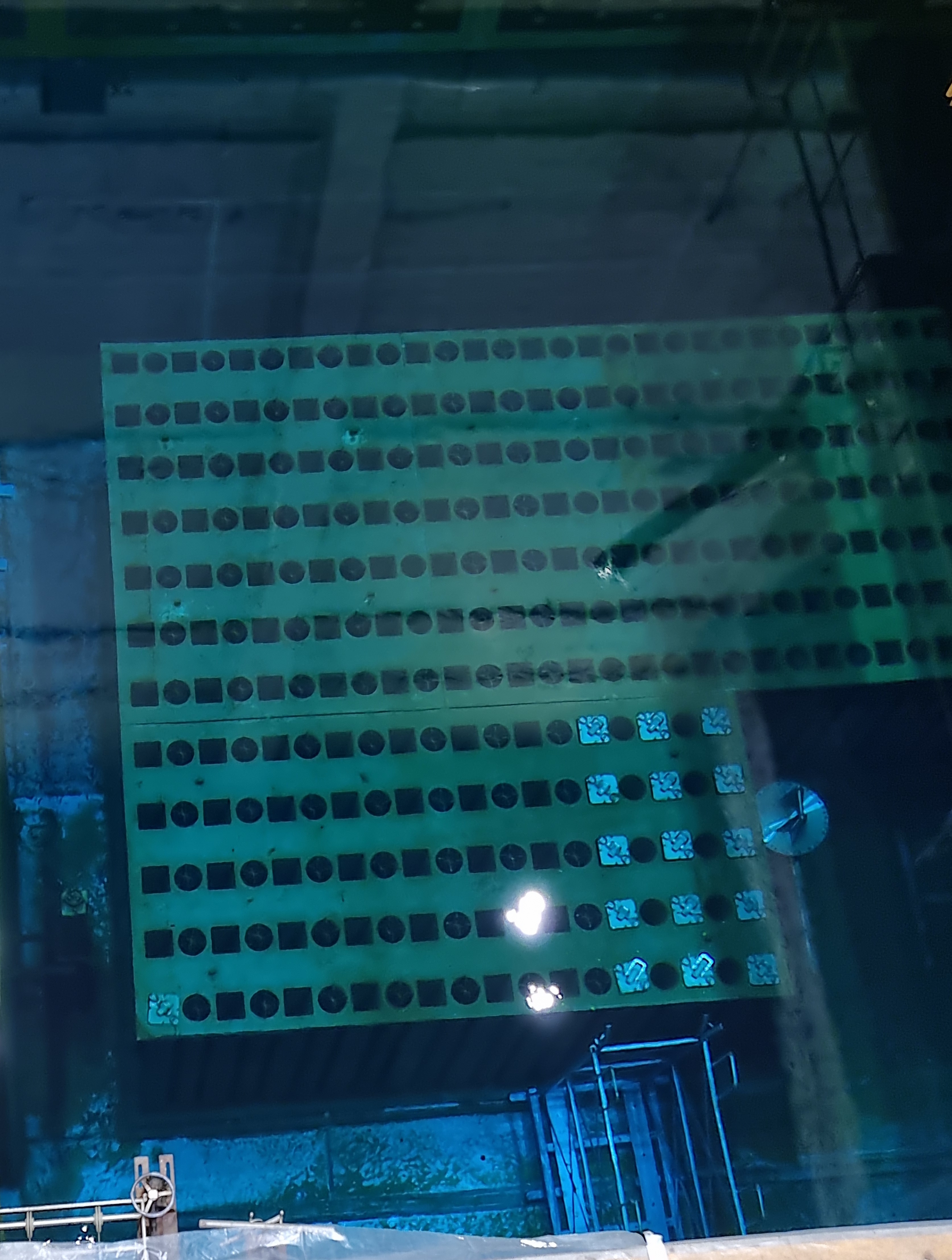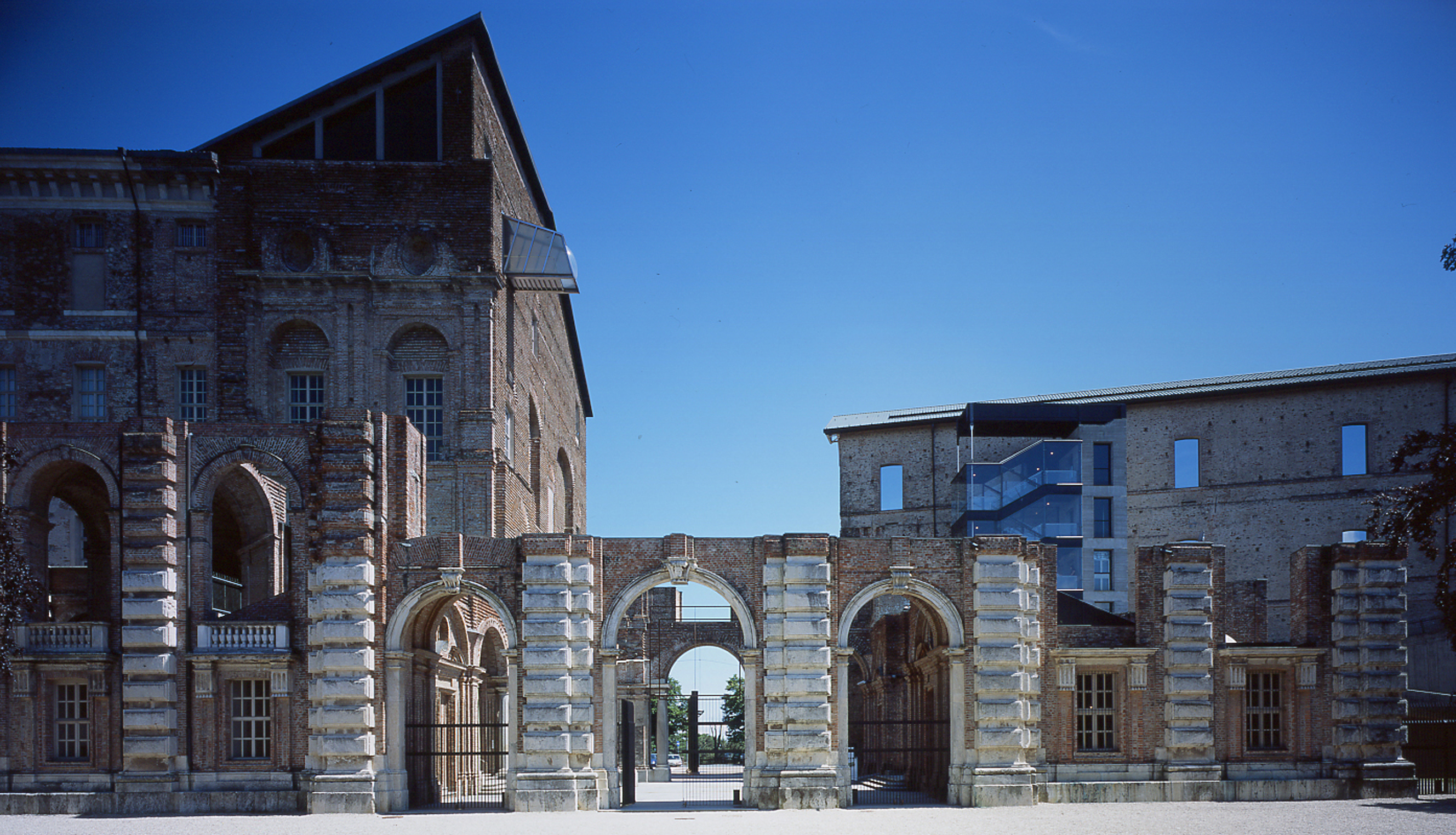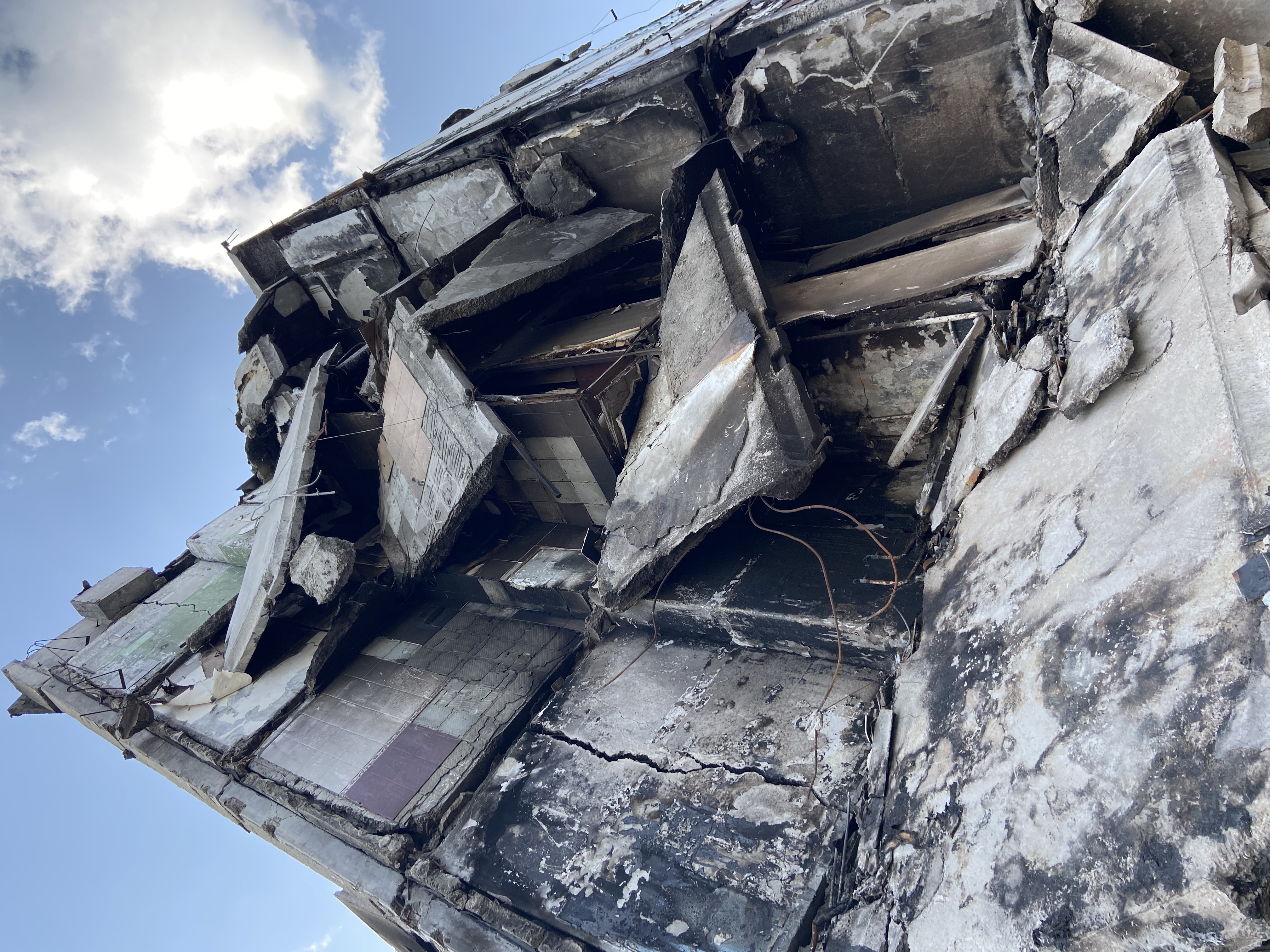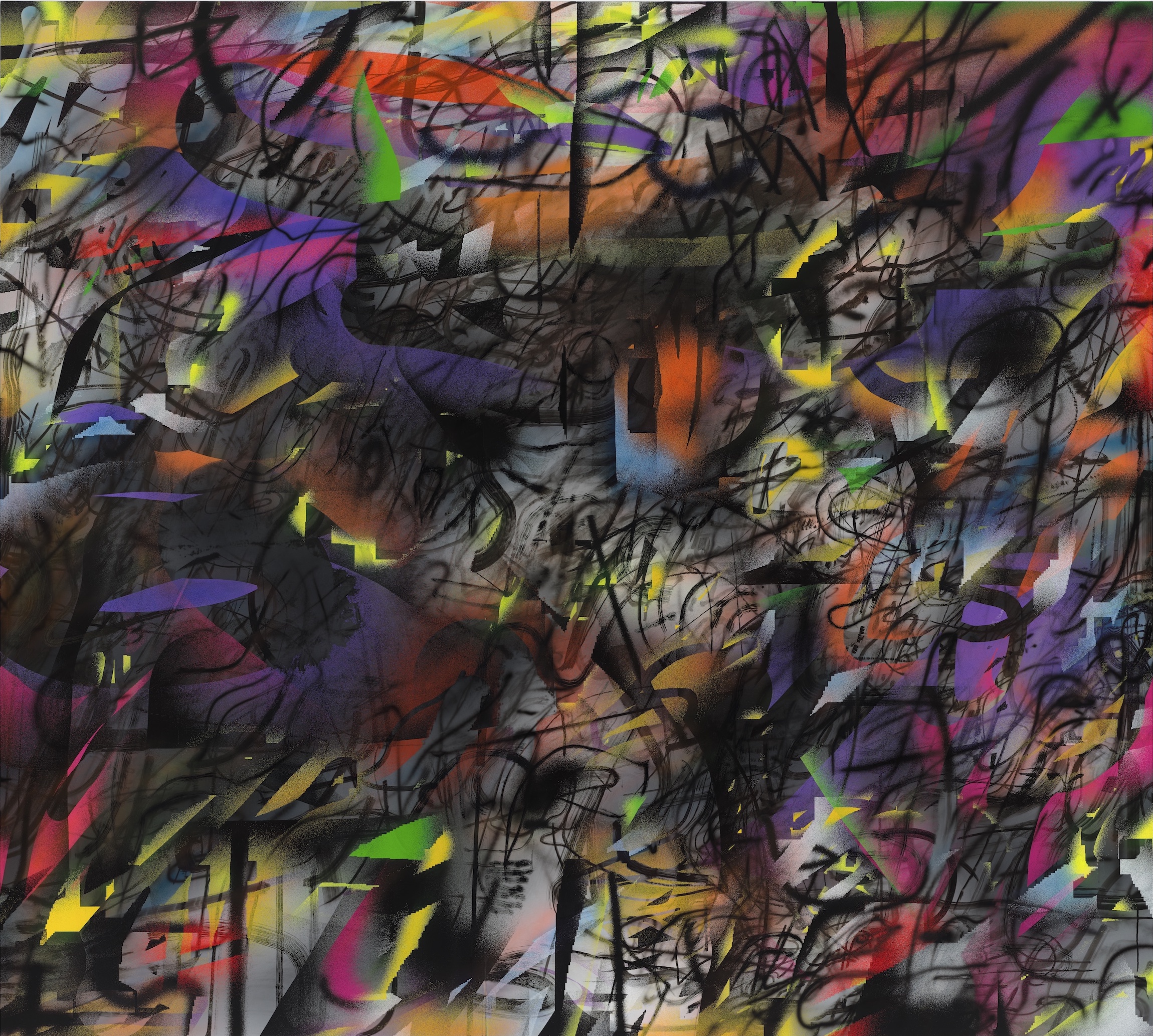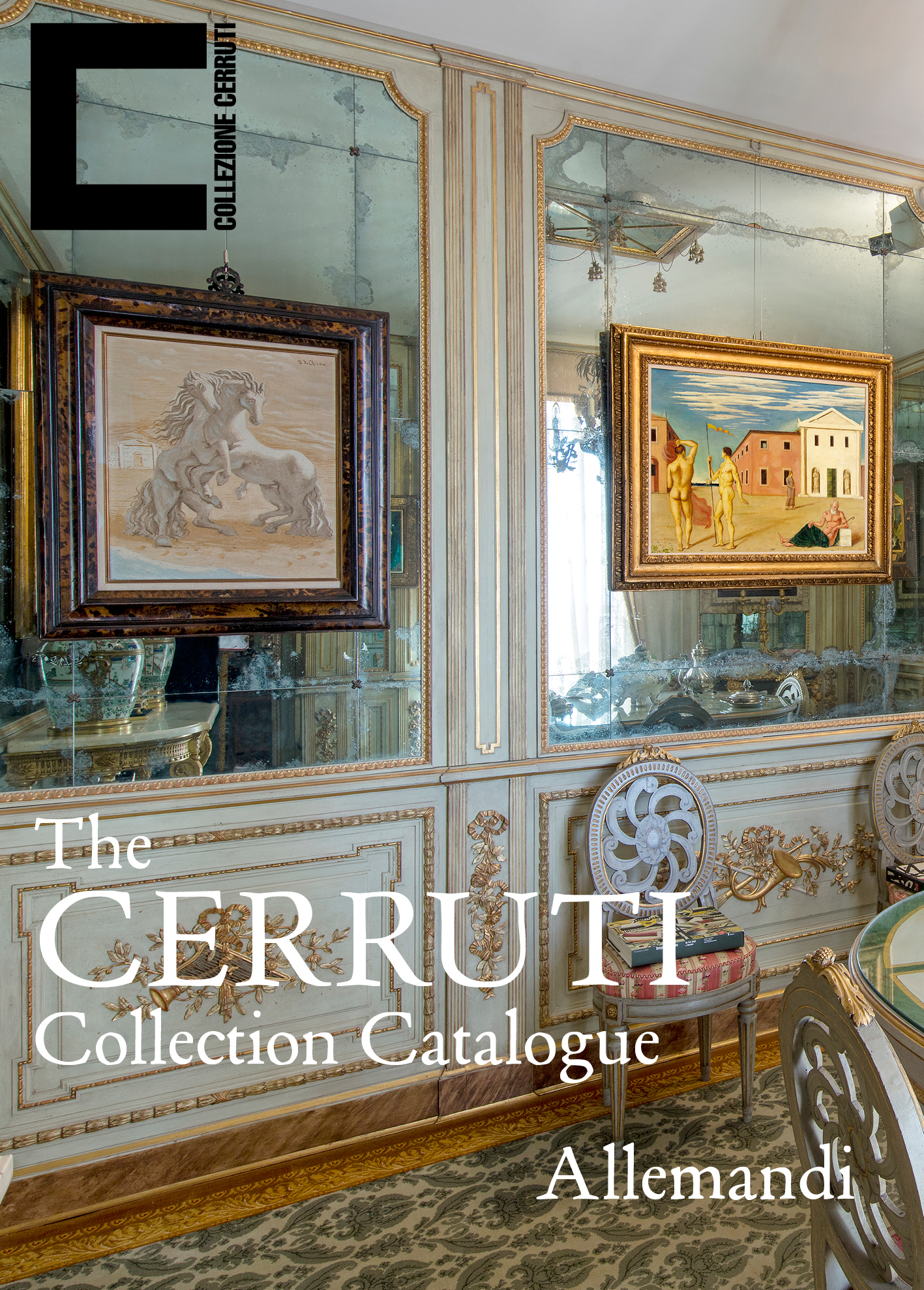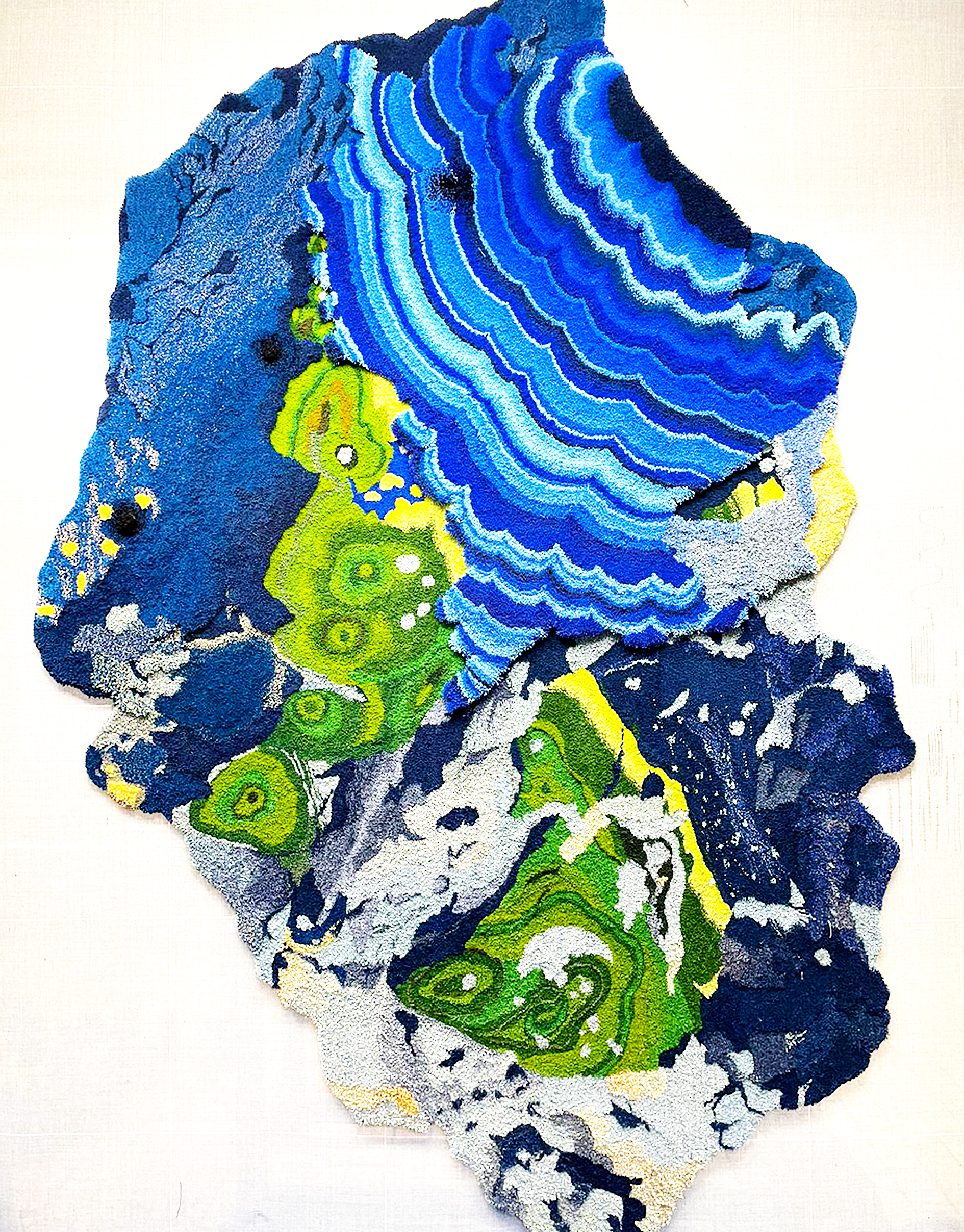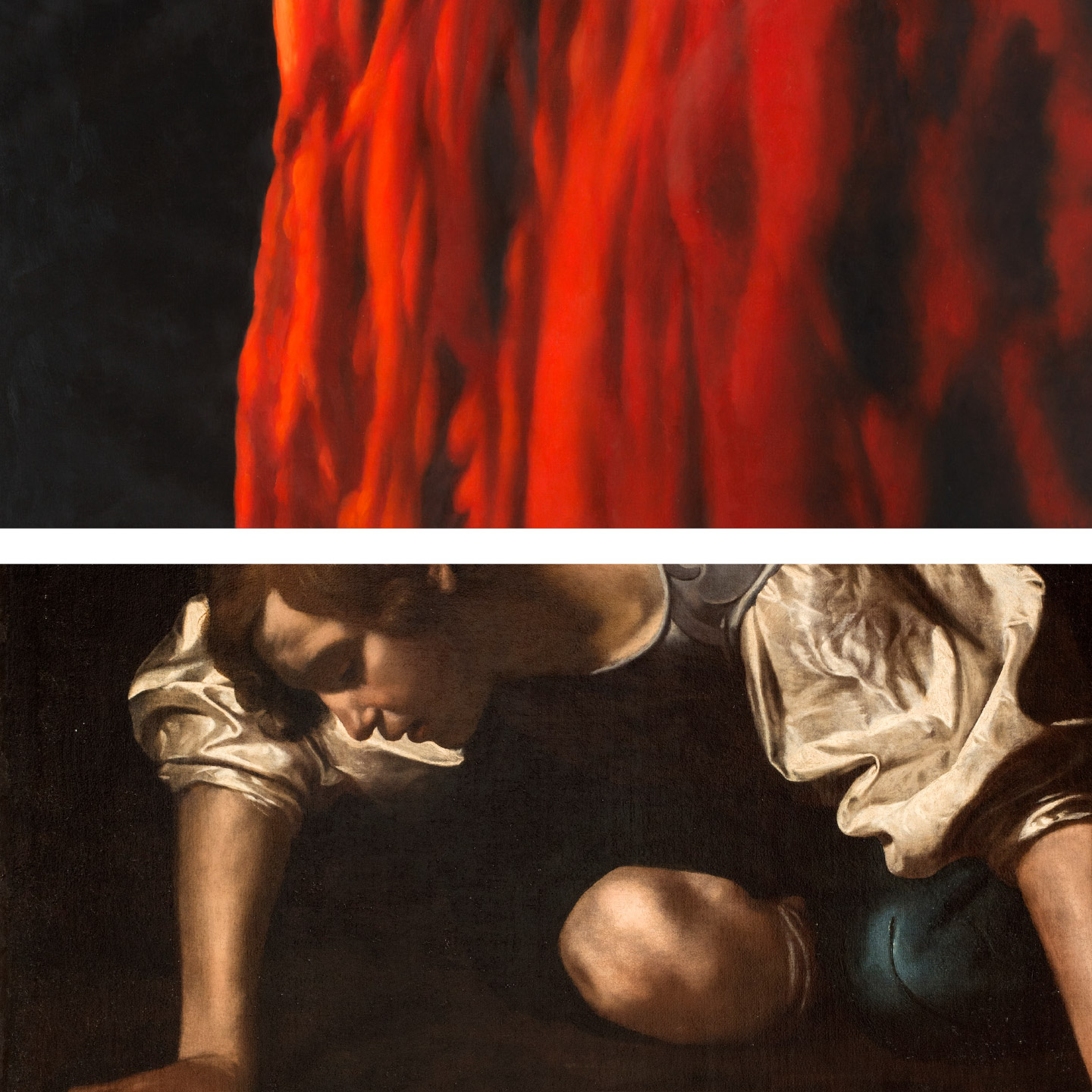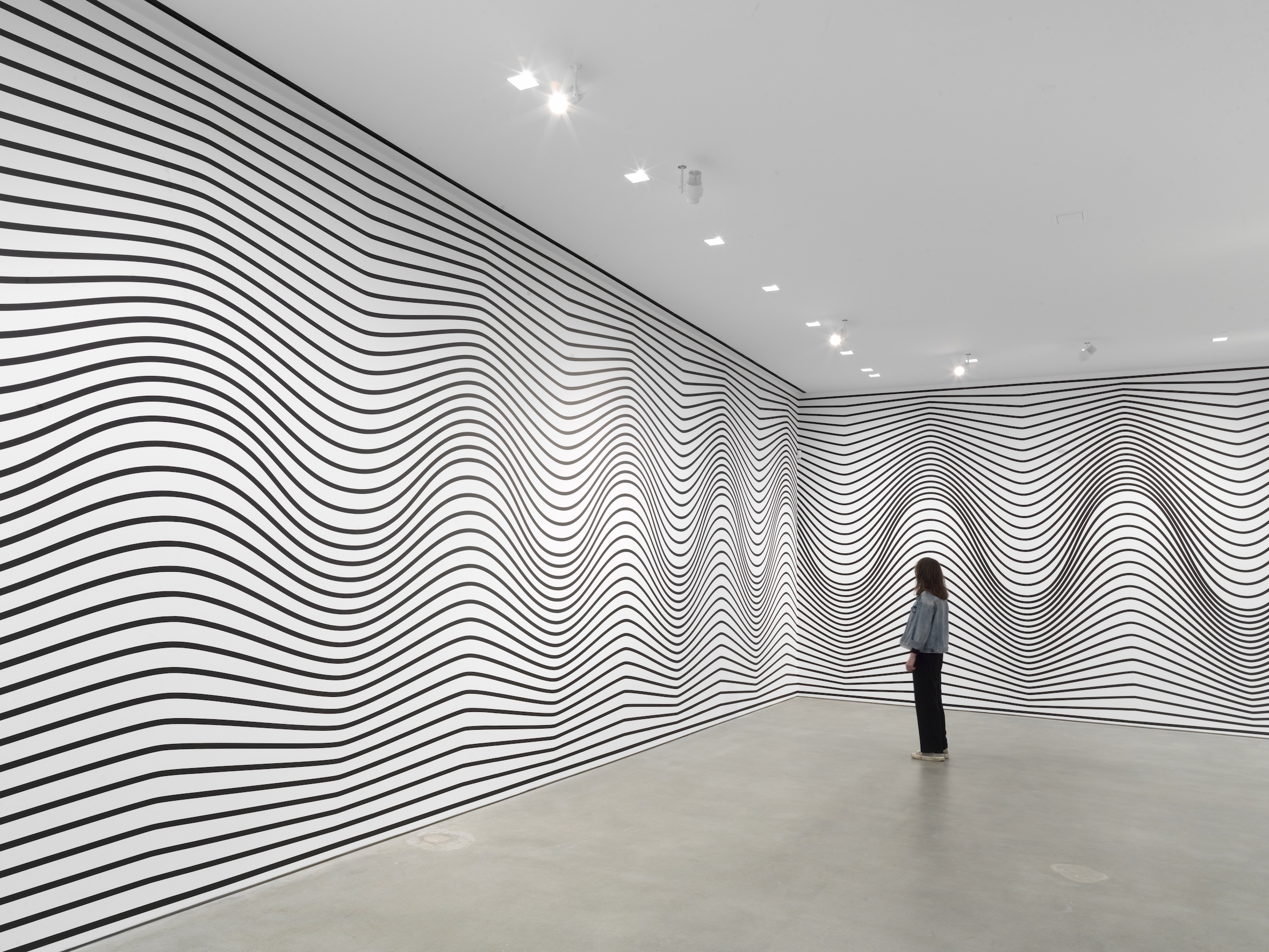Imperfect Binding
October 8, 2019–January 19, 2020
Rivoli 10098
Italy
Hours: Wednesday–Friday 10am–5pm
Saturday–Sunday 11am–6pm
T +39 011 956 5222
Exhibition drafted by Carolyn Christov-Bakargiev, Iwona Blazwick and Marianna Vecellio
Dear Mike,
There are many things I would like to tell you and ask you, but there may not be enough time left to do so.
What makes a person want to be an artist today? And what kind of an activity is that of the artist? Artists tend to have many mirror neurons. They are often able to put themselves in other people’s shoes and feel the world from the perspective of the people and places with whom they engage, and of the materials they use (what does the stone, the toy, the sculpture or the tree feel?). Artists frequently train this skill of empathy or einfühlung, becoming one with their subject matter.
We live in a world that is characterised by disembodied digital experiences; by an increasing amount of time spent communicating on small hand-held cell phones; by an exponential divide between a small number of extremely affluent people and a growing number of poor and wretched ones, living on an ever more dirty and ecologically unsound planet; by wars, necropolitics and forced migrations, as well as by the loss of material and immaterial cultural heritage and of so many crafts. In the 1960s or 1970s, many people would have gone into active politics to try to change the world. Over the last thirty years, some, like you, have instead joined the forces of art with a practical goal of bettering a situation, of achieving a result in terms of social change.
You wonder sometimes what makes good art, and whether your art is good art. You do things pragmatically, and yet you doubt constantly. You care for people, their material and spiritual lives, and the spaces and shelters you build together with them. But you wonder whether good intentions are enough – you want to protect, save and repair, but ask whether the connections you make are interesting enough, whether your storytelling is engaging enough, or poetic enough. Your doubts are deep-rooted as you repair and mend without wanting to hide and forget the social, historical, psychological and physical wounds that move you to make art and do the mending. This self-doubt is what keeps the process open, and fragile and uncertain enough for the entire process to be humble and not humbling, ethical and not self-righteous. So all is fine, and there is nothing to worry about.
I imagine you as a little boy being taken to museums to learn about past civilisations through the traces of their material cultures, while the peoples of those past worlds have long since turned to dust. Yours is a post-museum art.
In your oeuvre, "things"—the generic stuff of the world—become "objects," the specific stuff of the world. In other words, "things" become "objects" when they are embedded with meanings projected onto them by people; they become heirlooms resonant with memories, enchanted things, thanks to which we direct our lives symbolically as well as experientially. They are often damaged, broken, stolen or burnt goods; and sometimes, they are objects at risk. Through our associations with these objects, we see patterns emerge, and in these patterns some solace is found in the shape of an imagined cosmic order.
Although objects—their fabrication, their accumulation and their exhibition—thus form a major part of your practice, this aspect of your work is in counterpoint with an immaterial and relational component, less readily visible in your exhibitions but very substantial in your practice as an artist who makes public art. In many of your projects, a dialectic is set up between the care for and production of material heritage (objects), on the one hand, and the attention to immaterial heritage and its production, on the other. There is always an original lost object from which people have been disconnected, and your enchanted objects are relational in so far as their coming into the world occurs through a collective of real fabricators, and not over the ethereal distances of digital communication. They are transitional objects that mediate our relationship with the world and teach us how to love.
Carolyn Christov-Bakargiev
Turin, May 18, 2019
This exhibition has been made possible thanks to Regione Piemonte, Città di Torino, Città di Rivoli, Fondazione CRT and also thanks to the support of Giuliana Setari, Dena Foundation; Jane Lombard, New York; Barbara Wien, Berlin; Rhona Hoffman, Chicago; Pier Luigi Lanza
